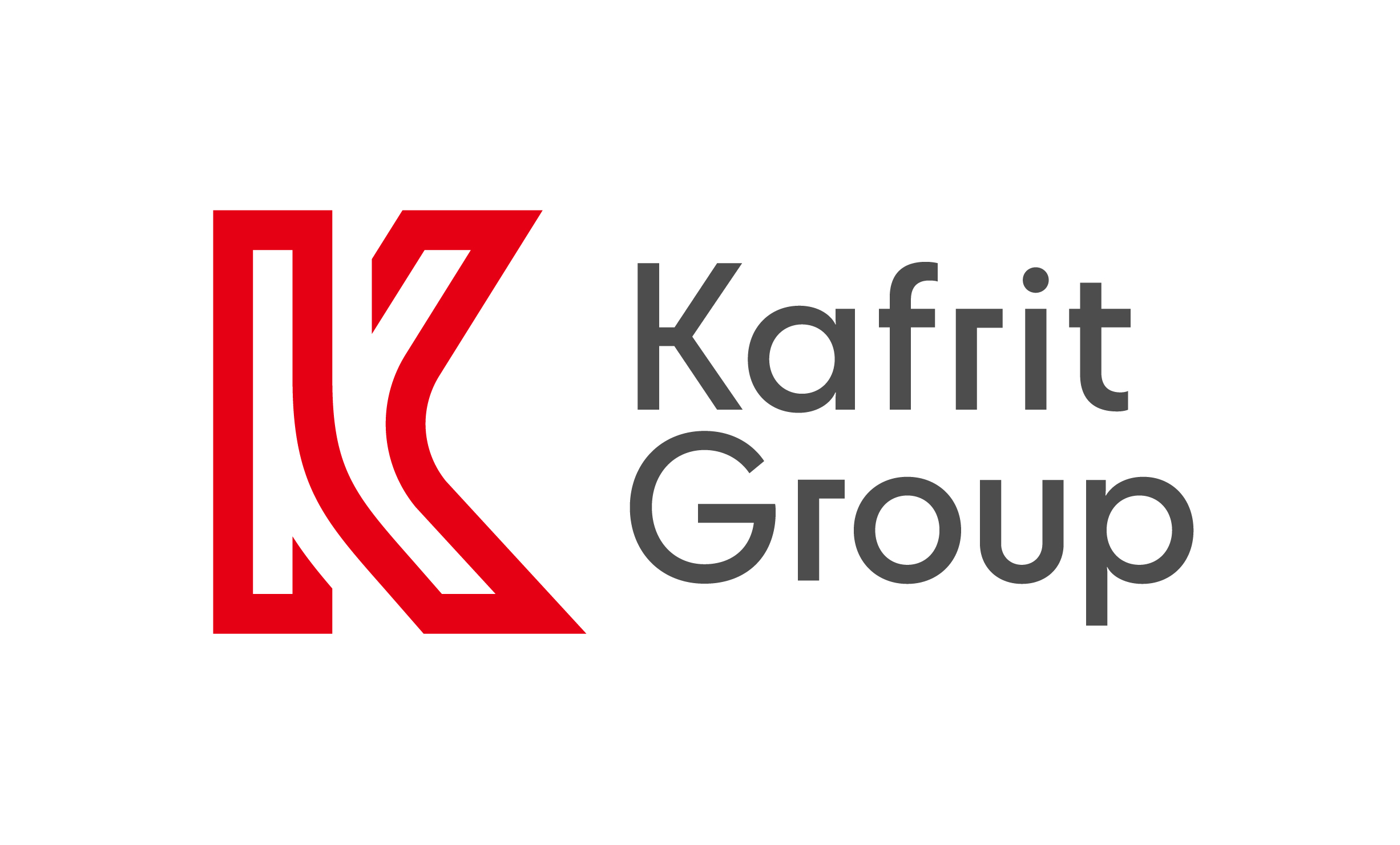
Who we are
Our purpose, vision, and the values guide what we do every day
Leading the creation of a circular economy for plastic
The Alliance has a clear purpose to end plastic waste entering the environment and to create circular systems that keep materials and products in use for as long as possible. We go beyond connecting existing solutions to building unique and impactful circular solutions.
Ending plastic waste and pollution
To achieve this vision, we bring together solutions including technology, ecosystem access, business model advisory, project implementation, deep industry insights, and scalable capital.
Our view of advocacy
The Alliance engages with all stakeholders, including national and local governments. We participate, as an observer, in multilateral fora to understand national and local needs and requirements. We share our specific expertise and scientific knowledge about waste management and recycling solutions. We support governments, upon request, in articulating the on-the-ground realities of existing policy decisions. The Alliance does not seek to influence the actions, or decisions of legislators or members of regulatory agencies on behalf of any of our members.
Our values
We develop and de-risk innovative solutions and catalyse action across the ecosystem
The plastic waste challenge requires strong and strategic collaboration. Through our global network of members and partners, we facilitate the exchange of expertise to catalyse action and drive systems change.


Our impact since 2019
Our leadership
Our network
Members
Our members are committed to act. They invest in us through funding, expertise, and resources to enable our vision. Together we demonstrate projects and programmes that create and extract value—proving the investment market—from plastic waste. We look forward to forging more partnerships and creating more collective action.
Stay in the loop
Subscribe to our newsletter for the latest news and updates from the Alliance

























































